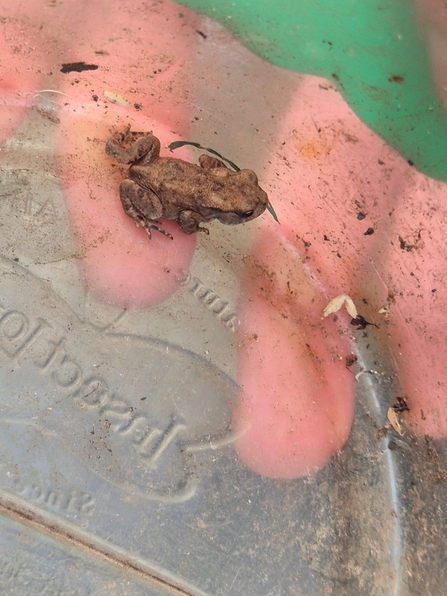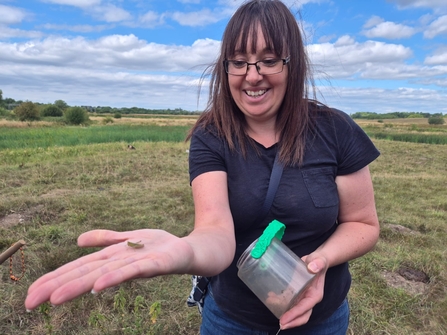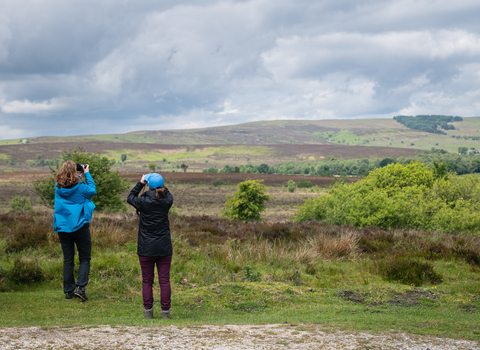I was joined by six keen and enthusiast locals – thank you to all that came along to help. We set off onto the reserve equipped with binoculars, sweep nets and bug pots to begin our eagle-eyed mission to find as much nature as possible.
We enjoyed the fresh natural minty smell filling the air thanks to the nearby water mint as we delighted at spotting a cattle egret living up to its name! It was perched on the rump of our grazing cattle! Throughout the day we check various parts of the site, and chatted to visitors about what we were doing.
To say the day was a success is an understatement. We counted over 180 species! This includes 129 records logged on the iNaturalist app, over 20 species contributed by The Wildflower Society (who were also hosting a walk on the same day), and 34 species from a written list by myself and Lisa Williams, a very knowledgeable local entomologist.
Some special highlights include:









